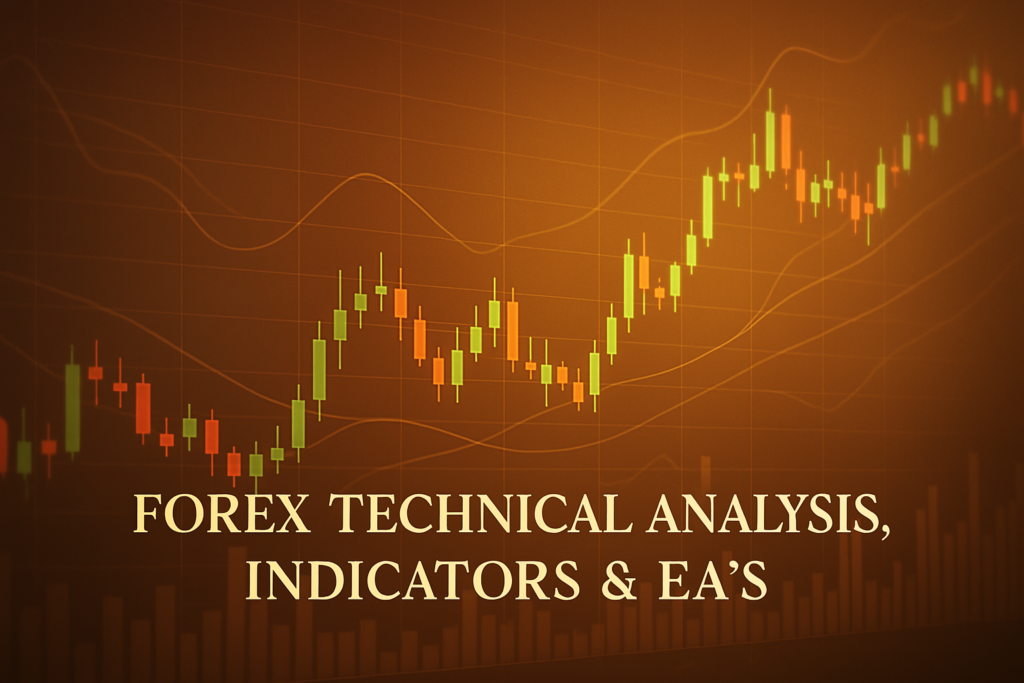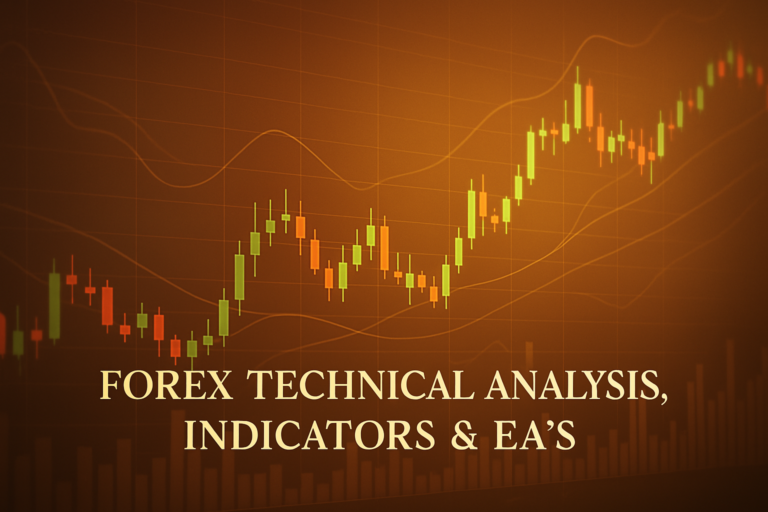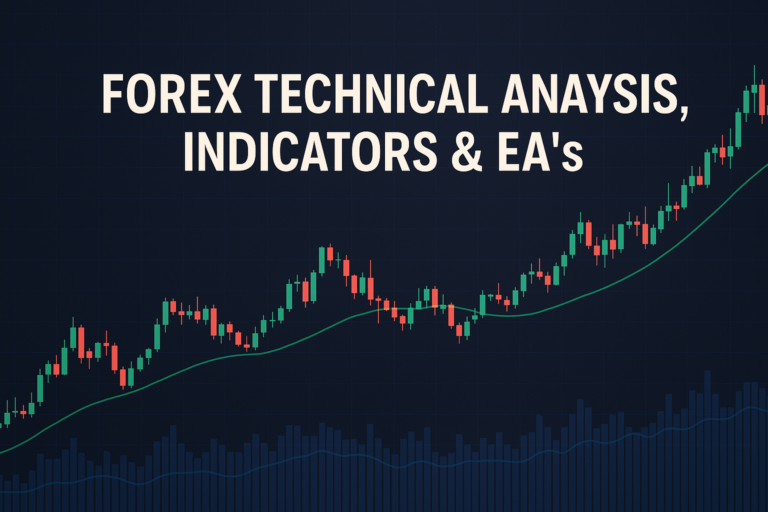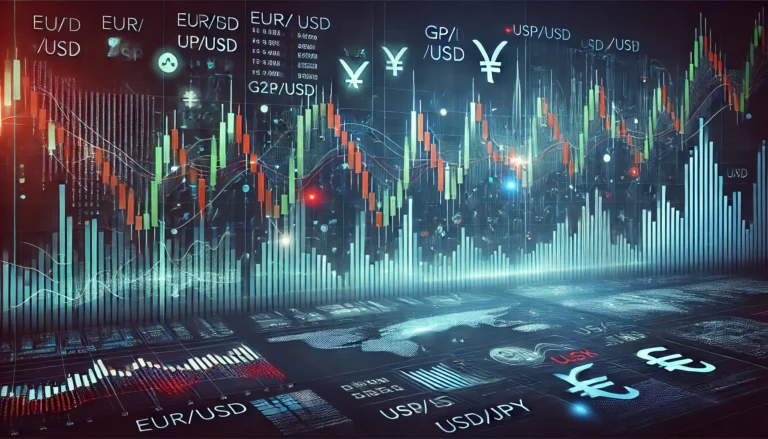
The elastic volume weighted moving average is a must-know tool for effective Forex trading strategies.
The elastic volume weighted moving average (EVWMA) is a unique tool in Forex trading. It helps traders analyze price movements by considering both price and volume. This makes it more responsive to market changes than traditional moving averages. For traders, understanding this concept can be the difference between making a profit and losing money.
However, many traders, both beginners and professionals, struggle with the elastic volume weighted moving average. It can seem complex at first, leading to confusion and missed opportunities. Without a solid grasp of how it works, traders may find it challenging to incorporate it into their strategies. Understanding the EVWMA is crucial for anyone wanting to improve their trading results.
In this article, we will explore the elastic volume weighted moving average in detail. We will discuss its history, advantages, and disadvantages, and provide practical trading strategies. By the end of this post, you will feel confident in using the EVWMA in your trading journey.
For instance, if you’re interested in the recent movement of the USDJPY, check our USDJPY Analysis August 19, 2025. This analysis will give you insights on the recent trends that can be influenced by the elastic volume weighted moving average.
What is a Elastic Volume Weighted Moving Average?
Let’s break it down simply. The elastic volume weighted moving average (EVWMA) is a type of moving average that focuses not just on prices but also on trading volume. In layman’s terms, it weighs the price based on how much trading volume occurred at that price level. This gives a better representation of market trends because it considers how much interest there was in a particular price.
Types of Elastic Volume Weighted Moving Average
There are several types of moving averages, including:
- Simple Moving Average (SMA): This takes the average of prices over a specific period.
- Exponential Moving Average (EMA): This puts more weight on recent prices, making it more responsive.
- Weighted Moving Average (WMA): This gives different weights to prices based on their position.
The EVWMA is a step further, incorporating volume to provide a clearer picture of price trends.
How Does the Elastic Volume Weighted Moving Average Smooth Out Price Action?
The elastic volume weighted moving average smooths out price action by filtering out the noise from price fluctuations. By considering volume, it can provide a clearer view of whether a price move is supported by strong trading interest or if it’s just a temporary spike. This helps traders make more informed decisions.
Common Periods Used and Why
Traders often use different periods for the EVWMA, such as 10, 20, or 50 days. Shorter periods react quickly to price changes, while longer periods provide a more stable view. Choosing the right period depends on your trading style. If you are a day trader, you might prefer a shorter period. If you’re a long-term trader, a longer period would be beneficial.
The History of Elastic Volume Weighted Moving Average: How It Became Popular
Origin of Elastic Volume Weighted Moving Average
The concept of the elastic volume weighted moving average was developed in the late 20th century. A few forward-thinking traders realized that traditional moving averages didn’t capture market dynamics completely. They sought a method that would incorporate volume, leading to the creation of the EVWMA. This approach allowed for a more accurate way to gauge market sentiment.
When Did Traders Start Using It Widely?
As Forex trading became more accessible in the early 2000s, traders began to adopt innovative tools like the EVWMA. With the rise of online trading platforms, more traders could experiment and share their strategies. The EVWMA quickly gained popularity, especially among those looking to refine their trading techniques.
Real-Life Stories
Many professional traders have credited their success to understanding and utilizing the elastic volume weighted moving average. For example, a trader once shared how they used the EVWMA to identify a trend reversal in the EUR/USD pair. By recognizing the volume spike, they were able to enter a profitable trade, turning a modest investment into significant returns.
Advantages and Disadvantages of Elastic Volume Weighted Moving Average
Advantages:
- Helps Identify Trends Easily: The EVWMA makes it easier to spot trends because it incorporates volume data.
- Useful for Dynamic Support and Resistance: It can indicate levels where price is likely to bounce back.
- Works Well for Crossover Strategies: When combined with other moving averages, it can signal buy or sell opportunities.
Disadvantages:
- lags Behind Price Movements: Like all moving averages, the EVWMA can sometimes be slow to react to rapid price changes.
- Can Give False Signals in Sideways Markets: In choppy markets, it may generate misleading signals.
How to Apply Elastic Volume Weighted Moving Average on MT4 & MT5
Step-by-Step Guide to Adding Elastic Volume Weighted Moving Average on Charts
To add the elastic volume weighted moving average on MT4 or MT5, start by opening your trading platform. Navigate to the “Insert” menu, then “Indicators,” and look for “Custom.” Select EVWMA from the list. This will place the indicator on your chart.
Customizing Elastic Volume Weighted Moving Average Settings
You can customize the settings of the EVWMA to fit your trading style. Adjust the periods to suit your strategy and change the color for better visibility. This customization helps you see the EVWMA clearly against price action.
Saving Templates for Easy Application
Once you have set up your chart with the EVWMA, save it as a template. This way, you can apply your preferred settings to any new chart with just a few clicks. It saves time and keeps your analysis consistent.
5 to 7 Trading Strategies Using Only Elastic Volume Weighted Moving Average
1. All Time Frame Strategy (M5 to D1)
This strategy involves using the EVWMA across multiple time frames. For example, if the EVWMA on the H1 chart is moving upwards, look for buy opportunities on the M5 chart. This alignment can increase the likelihood of successful trades.
2. Trending Strategies
When the EVWMA shows a clear upward or downward trend, you can follow that direction. For instance, if prices are consistently above the EVWMA, it may be a sign to buy. Conversely, if prices are below, it may indicate a sell.
3. Counter Trade Strategies
In this strategy, you look for price reversals. If the price deviates significantly from the EVWMA, it might signal a correction. For example, if the price is far above the EVWMA, consider selling as it might drop back down.
4. Swing Trade Strategies
Use the EVWMA to identify potential swing trades. Look for points where the price touches the EVWMA, indicating support or resistance. If the price bounces off the EVWMA, it could be a good entry point for a swing trade.
5. Crossover Strategies
Combine the EVWMA with another moving average. For instance, when a shorter-term EVWMA crosses above a longer-term moving average, it could signal a buy opportunity. This method can help confirm trends and reduce false signals.
5 to 7 Trading Strategies Combining Elastic Volume Weighted Moving Average with Other Indicators
1. MACD and EVWMA
This strategy involves using the MACD indicator alongside the EVWMA. When the MACD crosses above the zero line while the price is above the EVWMA, it can signal a strong buy opportunity.
2. RSI and EVWMA
Combine the Relative Strength Index (RSI) with the EVWMA. If the RSI is below 30 and the price touches the EVWMA, it may indicate a buying opportunity as the market could be oversold.
3. Bollinger Bands and EVWMA
When the price touches the lower Bollinger Band and is near the EVWMA, it could signal a potential reversal. This combination can help traders identify good entry points.
4. Stochastic Oscillator and EVWMA
Use the Stochastic Oscillator to confirm signals from the EVWMA. If the Stochastic is in the oversold region and the price is near the EVWMA, it could be a buy signal.
5. Fibonacci Retracement and EVWMA
When price retraces to a Fibonacci level and aligns with the EVWMA, it can provide a strong buy or sell signal. This strategy helps traders identify potential reversal points.
For more insights on Forex analysis, check our EURUSD forecast April 29, 2025.
Top 10 FAQs About Elastic Volume Weighted Moving Average
1. What is an elastic volume weighted moving average?
The elastic volume weighted moving average is a moving average that accounts for price and volume, making it more reflective of market trends.
2. How do I calculate the EVWMA?
The EVWMA is calculated by taking the sum of the product of the volume and price and dividing it by the total volume over a set period.
3. Can I use EVWMA for all currency pairs?
Yes, the EVWMA can be applied to any currency pair, but its effectiveness may vary based on market conditions.
4. What is the best period to use for EVWMA?
The best period depends on your trading style. Shorter periods work for day traders, while longer periods suit swing traders.
5. Is EVWMA suitable for beginners?
While it may seem complex, beginners can benefit from the EVWMA with practice and understanding its application in trading.
6. How does EVWMA differ from other moving averages?
Unlike other moving averages, the EVWMA incorporates volume, providing a deeper analysis of price movements.
7. Can I combine EVWMA with other indicators?
Yes, combining the EVWMA with other indicators can enhance your trading strategy and improve signal accuracy.
8. Does EVWMA work in trending and sideways markets?
EVWMA works best in trending markets but can generate false signals in sideways markets.
9. How do I avoid false signals with EVWMA?
To minimize false signals, combine the EVWMA with other indicators to confirm trends and reversals.
10. Where can I learn more about EVWMA?
Many online resources, including trading forums and educational websites, provide valuable information on the EVWMA.
Conclusion
In summary, the elastic volume weighted moving average is a powerful tool for Forex traders. By understanding how it works and applying it correctly, you can enhance your trading strategies. Remember to test different strategies in a demo account before risking real money.
So, are you ready to explore the world of trading with the elastic volume weighted moving average? With practice and patience, you can improve your trading skills and achieve your financial goals.
Get a broader view of this strategy with help from top sources Bankrate, TradingView
Expand Your Knowledge
- 📌 Forex Trading Learning Road Map
- 📌 Forex Trading Course with no Fees
- 📌 Forex Trading Issues, Problems, and Solutions
- 📌 Forex Daily Forecast & Live Updates
- 📌 Forex Fundamental & News Analysis: Tomorrow’s Market Movers & Trade Opportunities
- 📌 Forex Education Hub: Learn & Profit
- 📌 Forex Technical Analysis, Indicators & EA’s
Start Trading Today
Ready to take your forex trading to the next level? Open an account with Exness, one of the most trusted platforms in the industry. 👉 Sign Up Now and trade with confidence!
My recommended broker stands out with ultra-low spreads for beginners, instant withdrawals, and zero spread accounts for pro traders.
Trusted since 2008, lightning-fast execution, no hidden fees, and a secure, transparent trading environment—giving you the edge you need to succeed. 🚀
YouTube Video Library: Related Videos
Note: The video above is embedded from YouTube and is the property of its original creator. We do not own or take responsibility for the content or opinions expressed in the video.




